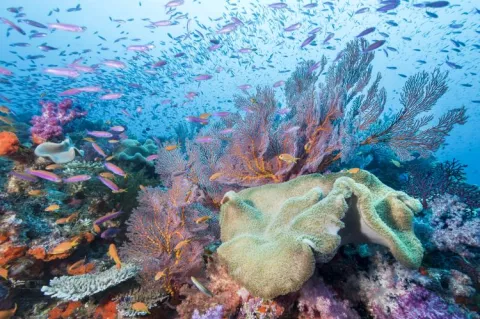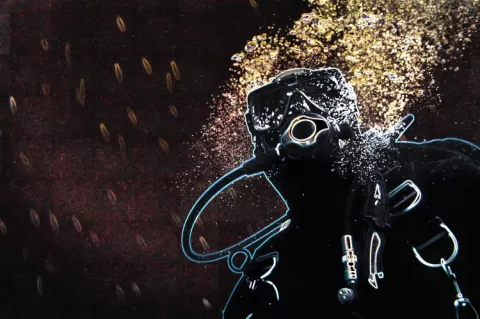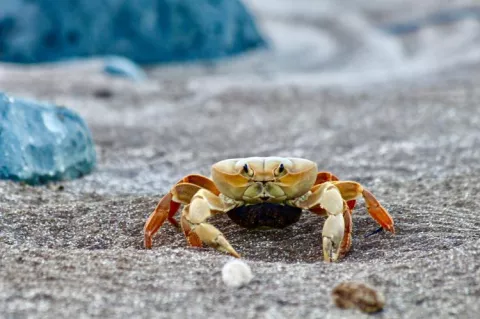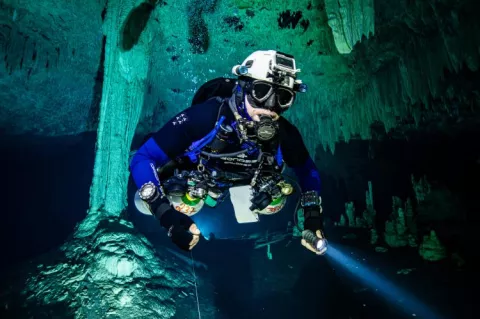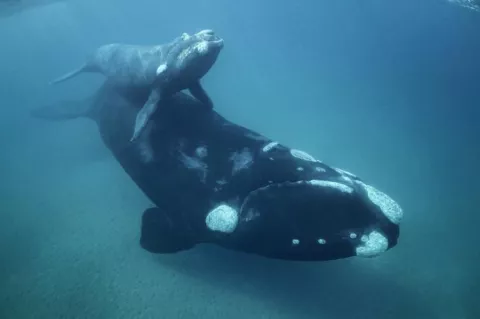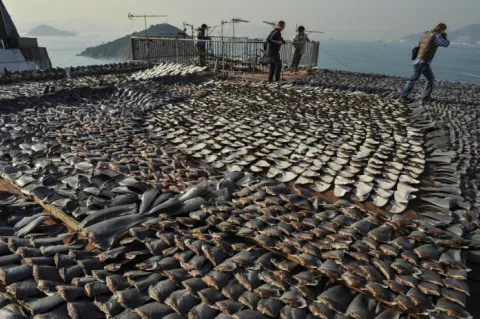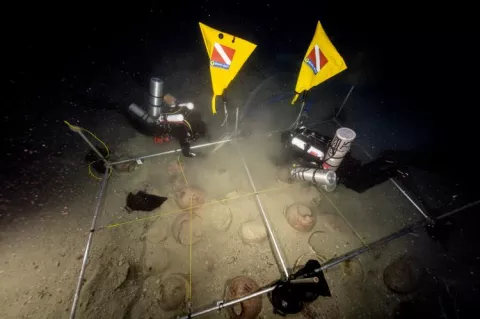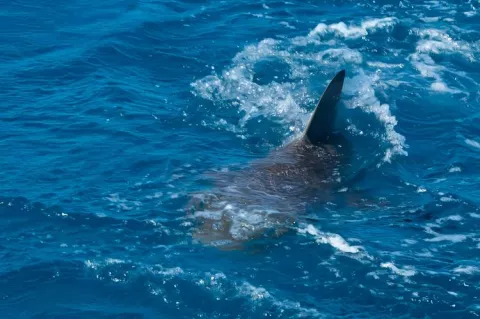Latest
Scubapro S-Tek Fins
Praesent imperdiet metus enim, nec sodales est pellentesque ut. Aliquam semper porta pharetra. Pellentesque lobortis turpis at lacus faucibus, varius dapibus ligula pulvinar.
Beneath the Sea update
Together with the Beneath the Sea’s team of Directors and volunteers, they create a weekend of excitement, education, special events, and parties to celebrate the underwater arts, education, and science. Throughout this dynamic weekend, Beneath the Sea presents to the interested and involved public information illustrating the sea changes of our times, an update for all members of our ocean community.
12th Annual Ocean Art Underwater Photo Contest winners announced
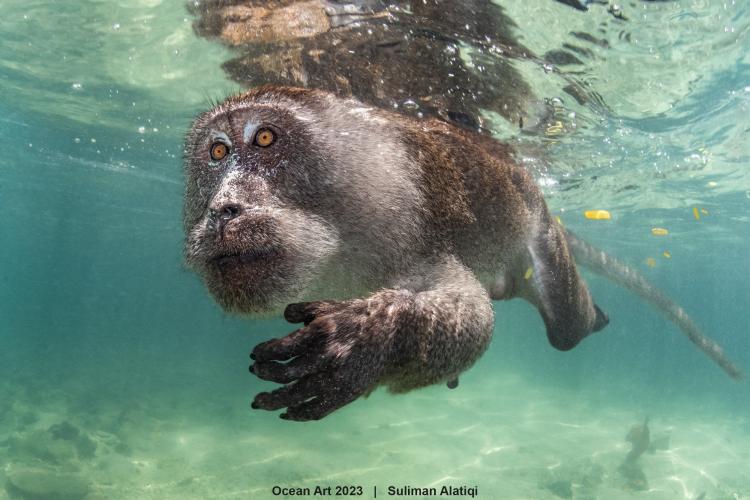
The prestigious Ocean Art Underwater Photo Competition, organized by the Underwater Photography Guide, has announced the results of the world’s largest underwater photo contest. Although the AI revolution has quickly changed the global photographic landscape, this year’s winners are a testament to humanity’s creative perseverance over machine.
Seascapes: Contributors’ Picks
We asked our contributors to share their favorite photos that show underwater seascapes, and they came back with a range of wide-angle shots, featuring a variety of marine life large and small.
Trials & Tribulations, Part I: Planning for Gear Malfunctions
In the first of a new two-part series, Simon Pridmore describes a few equipment-related problems that divers commonly encounter and offers some tips on how to avoid or deal with them.
Critical conservation areas identified for endangered land crab
Off Brazil's eastern coast, Trindade Island plays host to a unique yet endangered land crab species, Johngarthia lagostoma. A study published in the journal Marine Ecology mapped out key conservation areas crucial for the species' survival, shedding light on its natural history and underlining the urgency for targeted preservation efforts.
Cave Diving: Longest Solo Swim
On 3 May 2023, Davide Marchetti broke a world record in cave diving. He did the longest swim in a cave. Here is his story.
Southern Right Whales of Peninsula Valdés
To be in the water with a southern right whale is a life-changing experience. Don Silcock shares his adventure in Argentina to photograph these majestic marine mammals, where he was lucky enough to see a rare white calf.
Global challenges and evolving threats: A comprehensive analysis of shark fishing
The ancient group of marine predators, which first appeared in the fossil record 440 million years ago, are facing a critical juncture in their existence. Though they have been resilient to other mass extinctions, the current one is caused by decades of industrial overfishing along with the growing demands of the shark fin trade. It has put those shark and ray species accessible to fisheries at risk of extinction, with far-reaching consequences for ocean ecosystems.
Rare Phoenician wreck site in Malta
During an underwater cultural heritage mapping survey in Malta in 2007, researchers noticed an unusual feature in the sonar data. This anomaly stood out due to its size, shape, and the possibility of human-made objects. Further investigation confirmed the presence of an ancient 2,700-year-old shipwreck.
Shark conservation: A critical reassessment needed
Over the past two decades, sharks have become emblematic of the world's threatened wildlife, leading to heightened scientific, regulatory and public scrutiny. However, a recent study challenges the effectiveness of these protective measures, revealing that global shark mortality has not only persisted but increased, despite increased regulations and finning bans.






